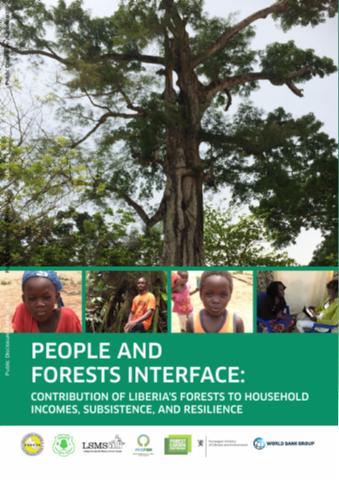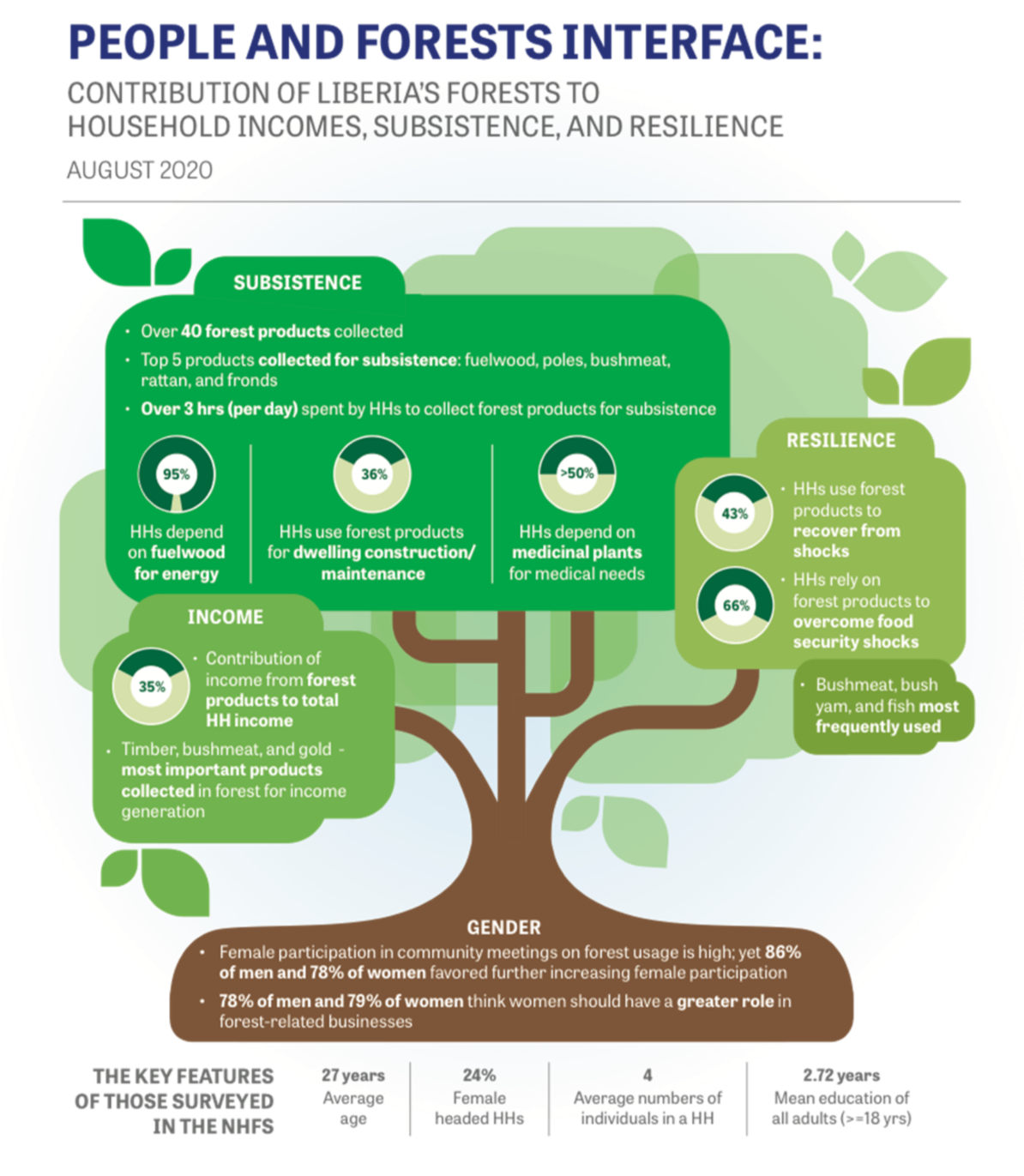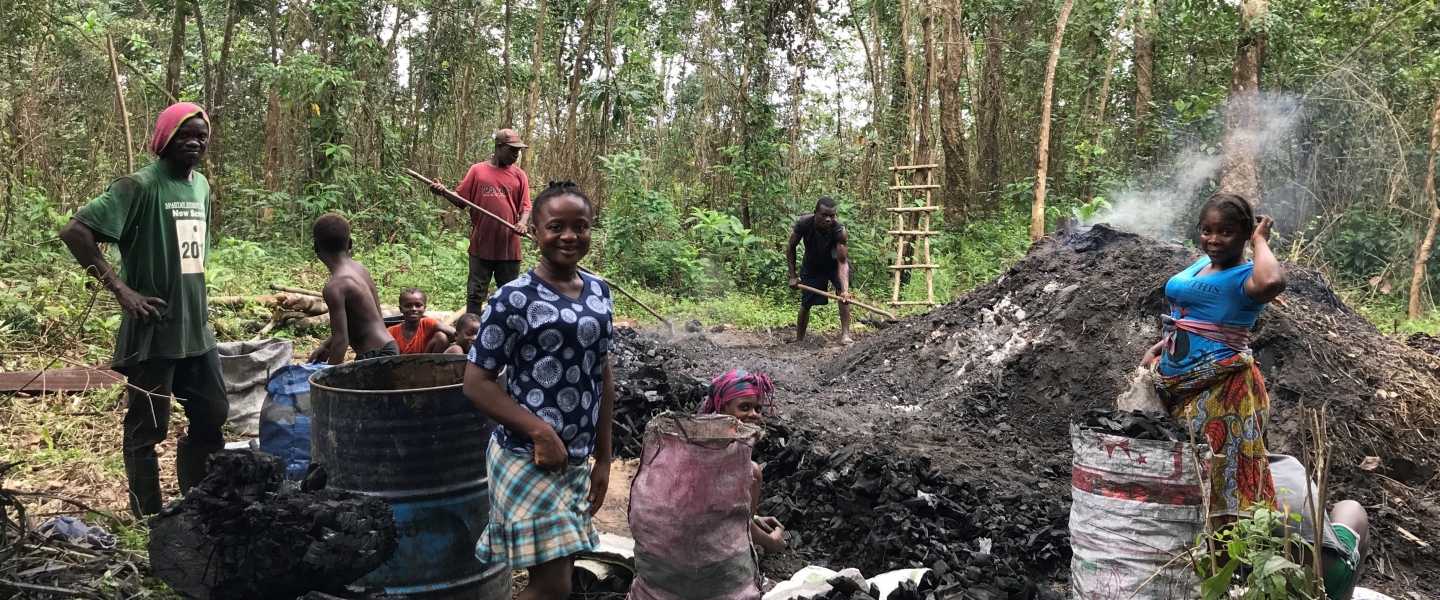Liberia is one of the most forested countries in West Africa, with more than two thirds of its land surface covered by forest. Liberia’s formal (measured) forest contribution to the national economy runs between nine and 10 percent of the country’s GDP. According to the 2020 Forest Resources Assessment produced by FAO, as of 2015, almost 40,000 full time equivalent workers (of which about 35 percent women) were formally employed by the sector.
However, the formal sector is just a small part of the story: even though forest-related products and environmental services make significant contributions to the subsistence, incomes, employment and coping needs of poor rural households, these contributions are often ignored, or are only partially measured in national income accounting.
The Liberia National Household Forest Survey: a first of its kind in Liberia
The Liberia National Household Forest Survey (NHFS) was implemented to close this data gap and to enable policy makers to understand the economic and social interactions between forests and households residing in the proximity of forests. The Liberia NHFS was drawn from the National Socioeconomic Surveys in Forestry guidebook, adapted to the Liberian context and implemented through a collaboration between the World Bank’s Environment and Natural Resource Global Practice, the Forestry Development Authority (FDA) and the Liberia Institute of Statistics and Geo-information Services (LISGIS), with technical support from the LSMS.
The survey was conducted across all counties in Liberia, with the exception of Greater Monrovia, between September 2018 and January 2019 and collects detailed, integrated data on forest use, forest- and non-forest income generating activities, and socio-demographics for nearly 3,000 forest-proximate households in 250 communities.
People and Forest Interface: Contribution of Liberia’s Forests to Household Incomes, Subsistence, and Resilience



